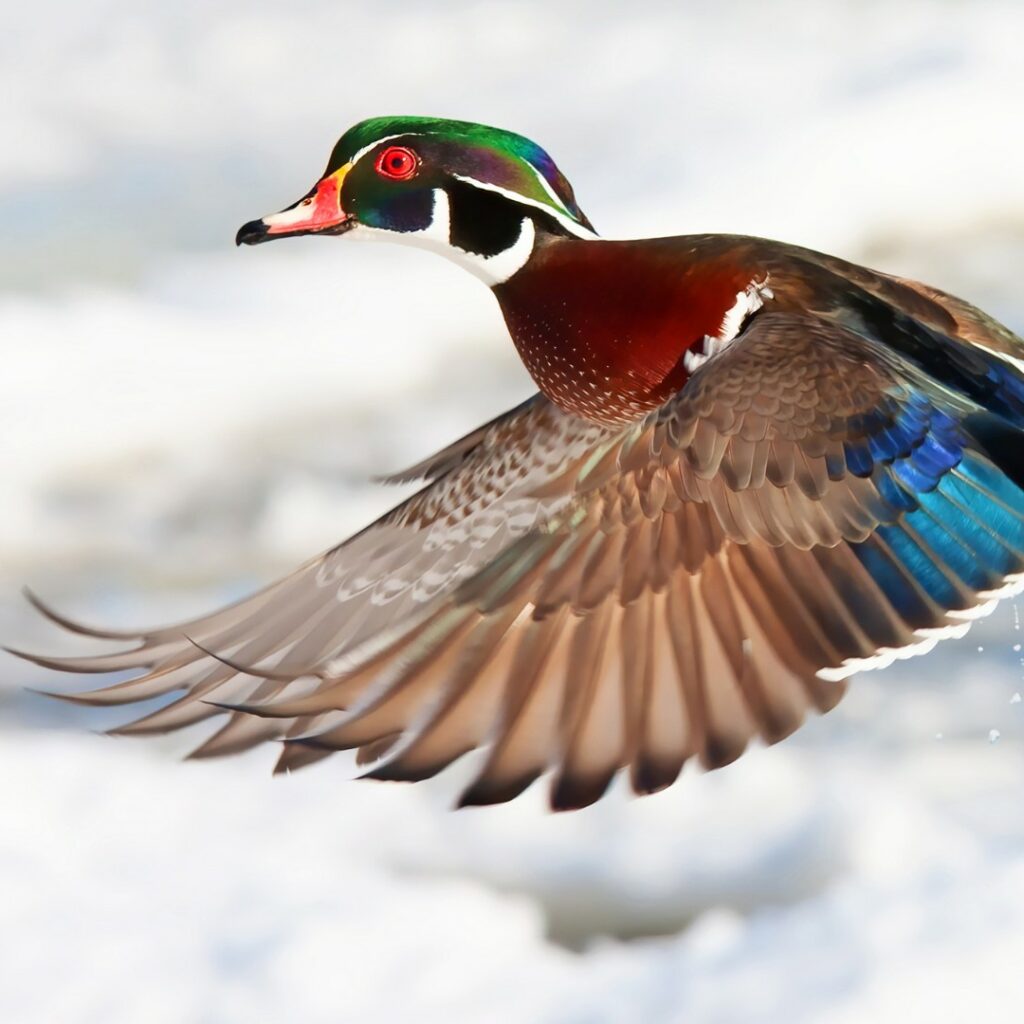
The Aptly Named Wood Duck
Wood Ducks are nature's jewels — learn more about these ducks and how you can help protect them...

Canada’s wilderness is the world’s envy. It’s our duty to keep our true north strong and green.
Donate